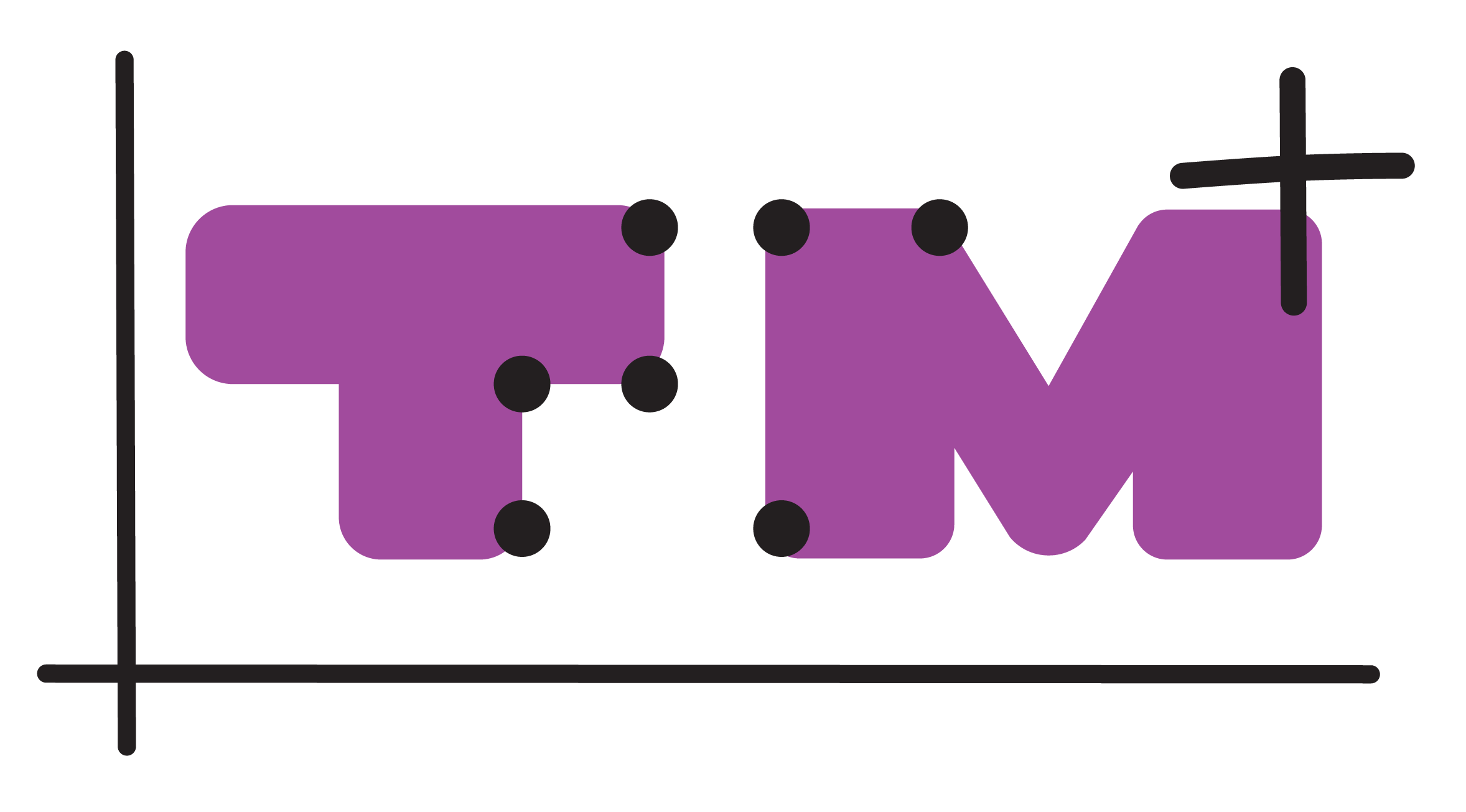Audible graphs can be a valuable tool for understanding the shapes of standard graphs and gaining insight into how different parameters affect the shape of the graph. They are particularly helpful for understanding concepts such as increasing, decreasing, slope, constant, linear, convex and concave.
However, the degree to which audible graphs are effective may vary from braille reader to braille reader. It often takes considerable training to get used to using audible graphs. However, some braille readers have a good sense of sound and appreciate the variety of information provided by audible graphs.
To facilitate the understanding of audible graphs, especially during the learning process, it is advisable to provide the braille reader with tactile support, such as a tactile figure or a table, while listening to the graph. This allows the braille reader to get a sense of where the graph is located in the coordinate system and to receive notifications when the graph intersects with another graph.
Audible graphs provide an overview of the graph, but the information may not be very detailed. Therefore, braille readers need to learn how to interpret audible graphs. This can be achieved by presenting them in conjunction with tactile graphs and descriptive explanations.
Once the braille reader has become more familiar with audible graphs, let them first listen to the audible graph to get a quick overview of the shape and then explore the tactile graph in more detail.
Some products that offer audio representation of graphs include Orion TI-84 Plus, SenseMath, and Desmos. The first is a standard TI-84 Plus calculator that has been modified with an additional unit to provide audio representation, both with speech synthesis and sound. SenseMath is an application that allows users to enter function expressions and listen to the corresponding graph. Desmos is a an online graphical calculator with support for screen readers. To learn more, see our guide to working with functions in Desmos.
